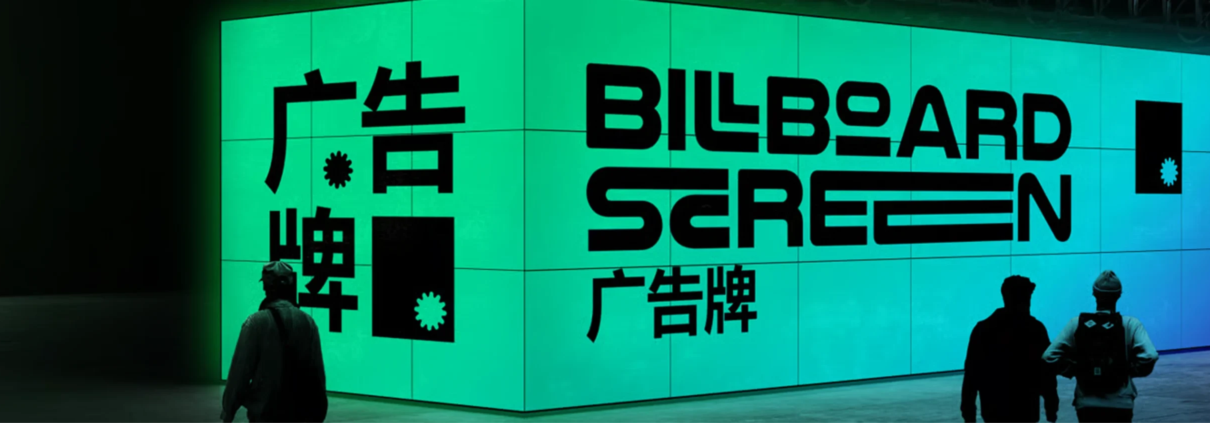Transform Your Visual Experience with LED Screens and LED Displays
In today’s fast-paced digital world, visuals play a pivotal role in communication, marketing, and entertainment. Among the most powerful tools for delivering crisp, bright, and dynamic images are LED screen and LED displays. These advanced technologies have revolutionized the way businesses, event organizers, and even individuals present information and visuals to audiences. From vibrant advertising billboards to immersive stadium displays, the applications are endless.
What is an LED Screen?
An LED screen is a flat-panel display that uses light-emitting diodes (LEDs) as pixels to produce images. Unlike traditional display technologies like LCDs or projectors, LED screens provide superior brightness, color accuracy, and energy efficiency. They are highly versatile and come in various sizes, from small indoor screens to massive outdoor displays that can be seen from miles away.
One of the primary advantages of an LED screen is its ability to deliver bright visuals even in broad daylight. This feature makes it ideal for outdoor advertising, concerts, sports arenas, and public spaces. Additionally, LED screens are lightweight and durable, allowing for easy installation and long-term use.

Understanding LED Displays
While often used interchangeably with LED screens, LED displays refer specifically to the technology used to project images. An LED display is composed of numerous tiny LEDs arranged in a grid or matrix, where each LED represents a pixel. This modular design allows LED displays to be customized to almost any size or shape, making them perfect for creative installations and large-scale visual experiences.
LED displays are also renowned for their energy efficiency. They consume less power than traditional screens while offering a higher contrast ratio, vibrant colors, and superior brightness. Moreover, LED displays are more durable and have a longer lifespan, which reduces maintenance costs and ensures consistent performance over time.
Applications of LED Screens and LED Displays
The versatility of LED screens and LED displays has made them a staple in multiple industries. Here are some key applications:
1. Advertising and Marketing
LED screens are extensively used in advertising due to their ability to grab attention with bright and dynamic visuals. From digital billboards on busy city streets to interactive in-store displays, LED technology helps brands connect with customers more effectively. LED display can even be programmed to show real-time information, making marketing campaigns more engaging and interactive.
2. Events and Entertainment
In concerts, theater productions, and sports events, LED screens provide immersive visual experiences for audiences. Large LED displays behind stages or around stadiums can broadcast live footage, animations, and graphics, creating a visually stunning environment. Their ability to display high-resolution content ensures that every seat has a perfect view, enhancing the overall audience experience.

3. Corporate and Educational Use
LED screens are increasingly used in corporate offices, conference rooms, and educational institutions. They are ideal for presentations, video conferencing, and collaborative work. LED displays offer sharp image quality, making it easier to share data, charts, and videos with clarity. They also provide flexibility for dynamic content updates, which is crucial for fast-paced business environments.
4. Retail and Hospitality
Retail stores and hotels are using LED screens and displays to enhance customer engagement. Digital signage can promote products, provide wayfinding information, and create an interactive shopping experience. In hotels, LED displays in lobbies or conference halls can offer important announcements, event schedules, or promotional content.
Benefits of LED Technology
LED screens and LED displays offer numerous advantages that make them the preferred choice for modern visual communication:
- High Brightness: Ensures clear visibility even in bright outdoor conditions.
- Energy Efficiency: Consumes less power compared to traditional display technologies.
- Longevity: Offers long lifespan and durability, reducing maintenance costs.
- Customization: Can be designed in various sizes and shapes to fit any space.
- Vivid Colors: Produces high-quality images with accurate colors and contrast.
- Flexibility: Supports dynamic content updates for interactive experiences.
Choosing the Right LED Screen or LED Display
Selecting the right LED screen or display depends on your specific requirements. Factors such as viewing distance, resolution, location (indoor or outdoor), and content type should be considered. For example, an outdoor billboard needs higher brightness and weatherproofing, while an indoor display in a conference room focuses more on resolution and color accuracy.
Investing in high-quality LED technology ensures a better visual experience, long-term reliability, and significant energy savings. Whether it’s for business, entertainment, or public engagement, LED screens and displays provide a modern, impactful way to communicate your message.
Conclusion
LED screens and LED displays have transformed the way we experience visuals. Their versatility, energy efficiency, and stunning image quality make them ideal for advertising, entertainment, corporate use, and more. As technology advances, LED solutions continue to evolve, offering even more immersive and engaging experiences.
By integrating an LED screen or LED display into your space, you not only enhance the visual appeal but also create a dynamic platform to captivate and inform your audience. The future of visual communication is bright—and it’s LED.


Leave a Reply
Want to join the discussion?Feel free to contribute!